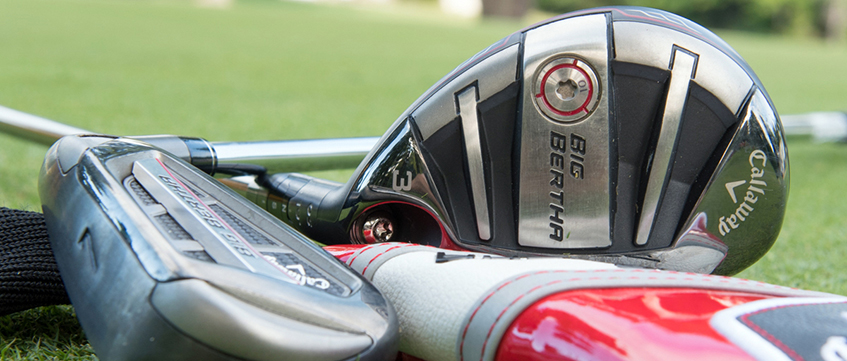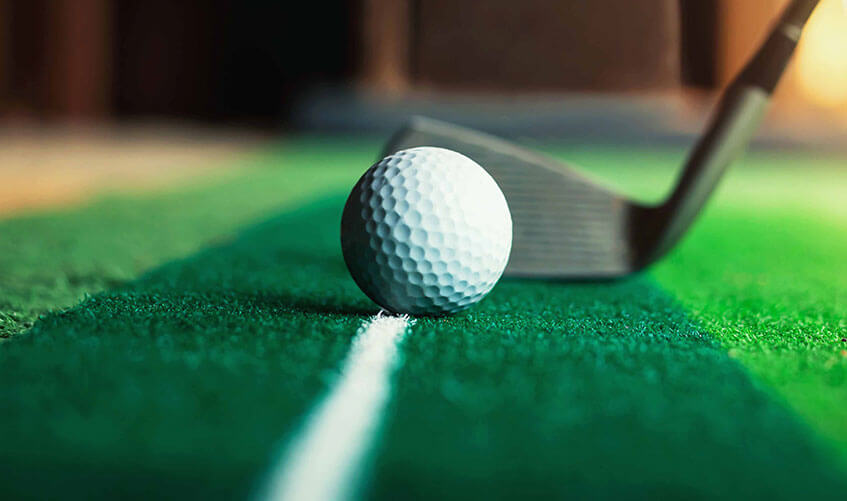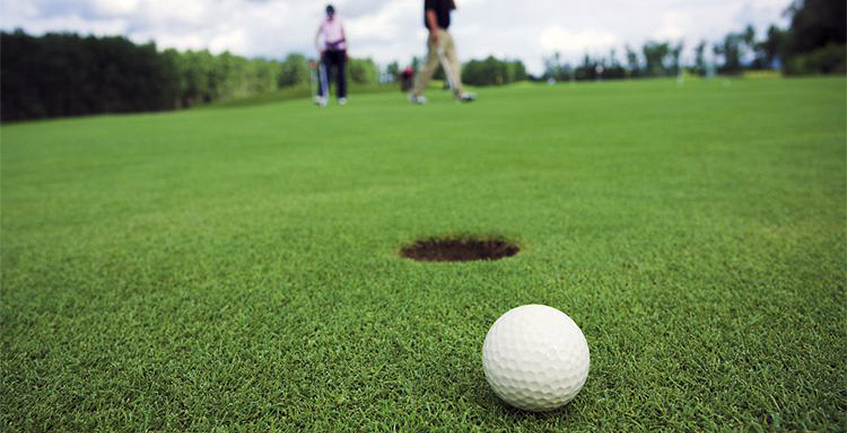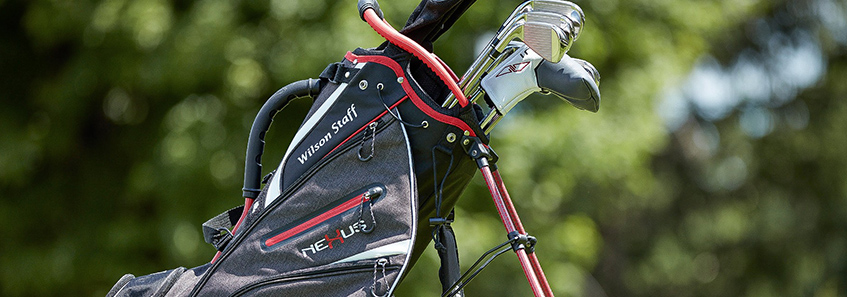What Club Should High and Low Handicappers Be Using?
Why make a hard game even harder? Hybrid clubs can take the terror out of any situation on the golf course from bad lies to chipping around the green. Lee Trevino was 47 years old when he found his favorite club. It was a 7-wood, not yet for sale in 1987, just a prototype in the TaylorMade factory. “They offered to let me take it home,” he remembered. “That little club turned out to be the best stick I ever had. I could hit it high or low, draw or fade it, hit it 165 yards or 210, all with barely changing my swing.”
If one of the greatest ball strikers in the history of the game can fall in love with a new-fangled piece of equipment, what are you waiting for? Trevino was always an advocate of giving his clubs the heaviest lifting in shotmaking – use the club that makes the shot the easiest. That is the greatest benefit of the wide variety of hybrids on the market today. Hybrids are designed to make it easier for high handicapper players to get the ball airborne but they are also found in the bags of the best players in the world because they offer the best chance for success from a multitude of situations.
What is a Hybrid?
As its name implies, a hybrid golf club borrows traits from irons and woods. The sole is wider, like a wood, to lessen the chance of gouging the turf or scooping a shot as can occur with long irons. The face is offset and the length of the shaft is shorter, like irons, to encourage better contact. The lofts can range from 18 degrees (a typical 4-wood) up to 24 degrees.
Hybrids are intended to replace long-irons in the set, typically the most difficult clubs to master. They are also an attractive alternative for players who have difficulty controlling the longer fairway woods. The variety of hybrids available in today’s market can stand in for anything from a 3-wood to a six-iron.
On the Course
Hybrids have a wider sweet spot than an iron club so routine shots from the fairway are easier to play. It is the trickier lies, however, where these clubs really earn their keep – it is no coincidence they are marketed as “rescue” clubs. Tall grass will often grab an iron and shut the club face, sending the ball hooking left. A hybrid’s sharp front edge (like an iron) and larger club head (like a wood) make it an ideal choice for shots from the rough.
Club manufacturers do more than take the best qualities of an iron and a wood and blend them together. The center of gravity on a hybrid is pushed low and towards the back of the club which makes them extremely forgiving. On tight lies or bad lies the hybrid offers greater success for good players and poor players alike. Increased control breeds increased confidence when approaching these shots.
Friend Around the Greens
One of the places on the golf course where that confidence is paramount is the short game. Few things are more demoralizing than “putting the sod over the ball” and chunking a routine chip. The idea for a chip shot is simply to get the ball rolling and a hybrid with a shallow loft to the face is ideal for that task. With a wide flat sole it is impossible to hit a little chip fat.
The hybrid is such a weapon in the chipping game that many pros now pull the clubs out for balls nestled in high grass around the green and chipping up high false fronts that are increasingly common on modern courses. Expanding your golf arsenal to include this creative approach to chipping is as easy as hitting a hybrid from the middle of the fairway.





